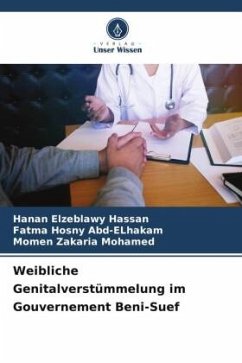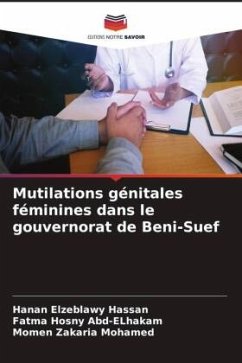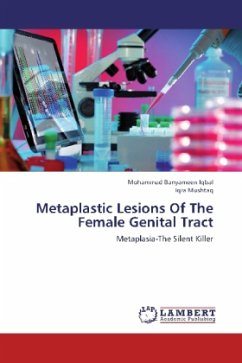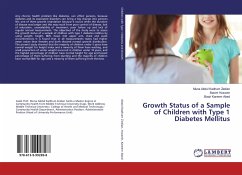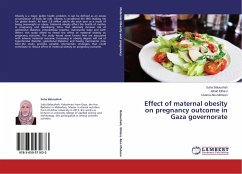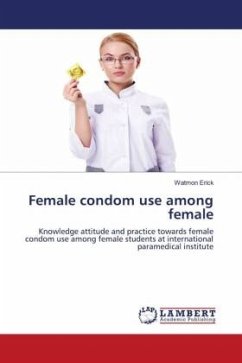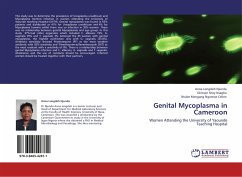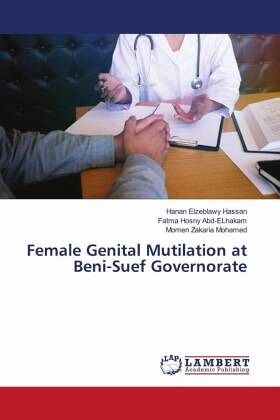
Female Genital Mutilation at Beni-Suef Governorate
Versandkostenfrei!
Versandfertig in 6-10 Tagen
53,99 €
inkl. MwSt.

PAYBACK Punkte
27 °P sammeln!
Female genital mutilation or cutting is a traditional and cultural procedure that includes all procedures that involve partial or total removal of the external female genitalia or other injuries to the female genital organs for non-medical reasons.The most commonly claimed reasons for FGM/C were social conventions, religion, ensuring premarital virginity and marital fidelity, enhancing marriageability, and cultural values of femininity and modesty. The female genitalia is thought to be filthy and unattractive, and the clitoris contains toxins. It is thought to cause impotence in men and to be ...
Female genital mutilation or cutting is a traditional and cultural procedure that includes all procedures that involve partial or total removal of the external female genitalia or other injuries to the female genital organs for non-medical reasons.The most commonly claimed reasons for FGM/C were social conventions, religion, ensuring premarital virginity and marital fidelity, enhancing marriageability, and cultural values of femininity and modesty. The female genitalia is thought to be filthy and unattractive, and the clitoris contains toxins. It is thought to cause impotence in men and to be harmful to the infant after delivery. One of the major reasons for FGM/C is this belief.Female genital mutilation and cutting have been performed by Christians, Muslims, and Animists. The practice was also common in the U.S. of America and Europe in the early 19th century, when cutting of genitals was used to treat psychological disorders and prevent masturbation, also known as "clitoral enlargement," epilepsy, and hysteria.






